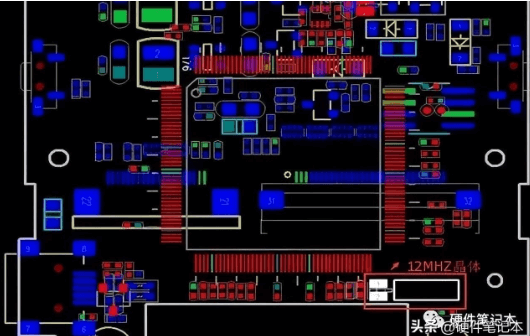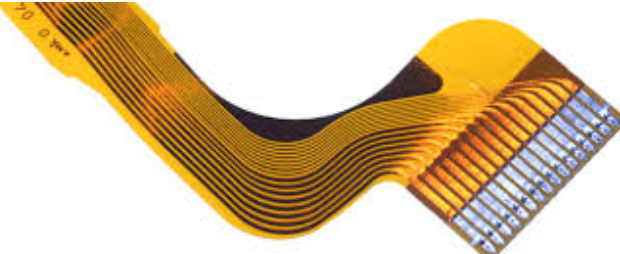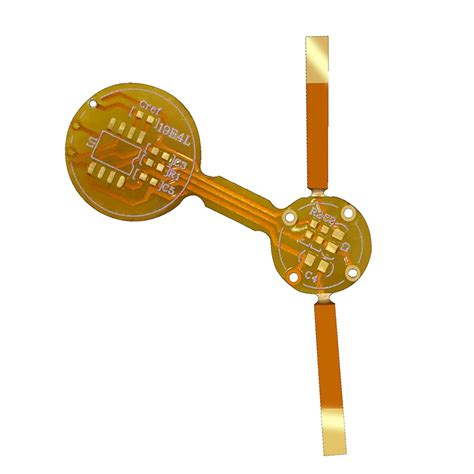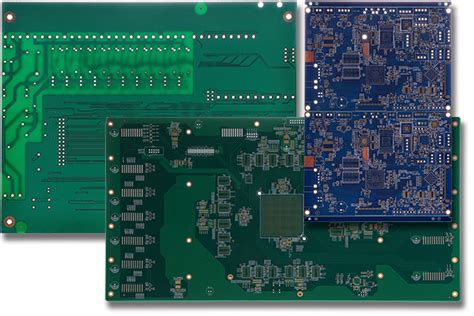The Impact of PCB Solder Mask Color on Circuit Board Performance an Applications
Introduction
Printed Circuit Boards (PCBs) form the backbone of modern electronics, and their appearance is largely defined by the solder mask that covers their surfaces. While most consumers recognize PCBs by their characteristic green color, solder masks actually come in a variety of hues including red, blue, black, yellow, white, and even clear. The choice of solder mask color is far from merely cosmetic—it can significantly impact manufacturing processes, inspection procedures, thermal management, and even the final product’s performance. This article explores the multifaceted effects of PCB solder mask color selection, providing engineers and designers with comprehensive information to make informed decisions for their specific applications.
Understanding PCB Solder Mask
Before examining color implications, it’s essential to understand what solder mask is and its primary functions. Solder mask, also known as solder resist or solder stop mask, is a thin lacquer-like layer of polymer applied to the copper traces of a PCB. Its fundamental purposes include:
- Insulation Protection: Preventing accidental electrical contact between components and conductive traces
- Oxidation Prevention: Shielding copper traces from environmental oxidation
- Soldering Control: Confining solder to specific areas during assembly
- Mechanical Protection: Providing a durable surface that resists scratches and abrasion
The composition of solder mask typically includes:
- Epoxy-based resins (for thermal and chemical resistance)
- Photoimageable compounds (for precise patterning)
- Pigments (for coloration)
- Various additives (to modify viscosity, adhesion, and curing properties)

Common Solder Mask Colors and Their Characteristics
1. Green Solder Mask
Technical Properties:
- Most common and economical option
- Excellent contrast with white silkscreen for component labeling
- Provides good visibility of copper traces during inspection
- Historically contained halogens for flame retardancy (modern green masks often halogen-free)
Optical Performance:
- Reflects about 50% of visible light
- Absorbs moderately in infrared spectrum
- Shows good UV stability for laser marking
Applications:
- General-purpose electronics
- Consumer devices
- Industrial controls
- Where cost is a primary consideration
2. Blue Solder Mask
Technical Properties:
- Slightly higher cost than green
- Good contrast with white silkscreen
- Moderate inspection visibility
- Typically requires slightly longer UV exposure during curing
Optical Performance:
- Reflects about 40-45% of visible light
- Higher absorption in near-infrared than green
- Good for reducing glare in high-light environments
Applications:
- Audio equipment (marketing aesthetic)
- Marine electronics (reduced glare)
- Some automotive applications
3. Red Solder Mask
Technical Properties:
- Higher pigment concentration may affect viscosity
- Good contrast with white silkscreen
- Inspection visibility comparable to blue
- May require process adjustments during application
Optical Performance:
- Reflects about 35-40% of visible light
- Strong absorption in blue-green spectrum
- Can appear darker under certain lighting
Applications:
- High-visibility prototype boards
- Specialized industrial equipment
- Boards requiring visual differentiation
4. Black Solder Mask
Technical Properties:
- Highest pigment loading among standard colors
- Can absorb more heat during soldering
- Poorest contrast with silkscreen (usually requires light-colored ink)
- Most challenging for automated optical inspection (AOI)
Optical Performance:
- Reflects less than 10% of visible light
- Excellent for light-sensitive applications
- Can help reduce electromagnetic interference (EMI) through absorption
Applications:
- LED displays and lighting
- High-end consumer electronics
- Military/aerospace (when combined with matte finish)
- Photonic applications
5. White Solder Mask
Technical Properties:
- Most reflective standard color
- Shows contamination easily
- Requires careful handling during manufacturing
- May yellow slightly with age/heat exposure
Optical Performance:
- Reflects 75-85% of visible light
- Excellent for LED applications
- Can help with thermal management in some cases
Applications:
- LED PCBs (especially for lighting)
- Medical devices requiring cleanliness visibility
- High-tech aesthetic applications
6. Specialty Colors (Yellow, Clear, etc.)
Technical Properties:
- Often custom formulations
- May require additional process validation
- Clear masks allow copper visibility (used in some RF applications)
- Yellow provides excellent contrast for black silkscreen
Optical Performance:
- Varies significantly by formulation
- Clear masks transmit most light
- Yellow masks filter blue light effectively
Applications:
- Specialized industrial equipment
- Niche consumer products
- Prototyping and development boards
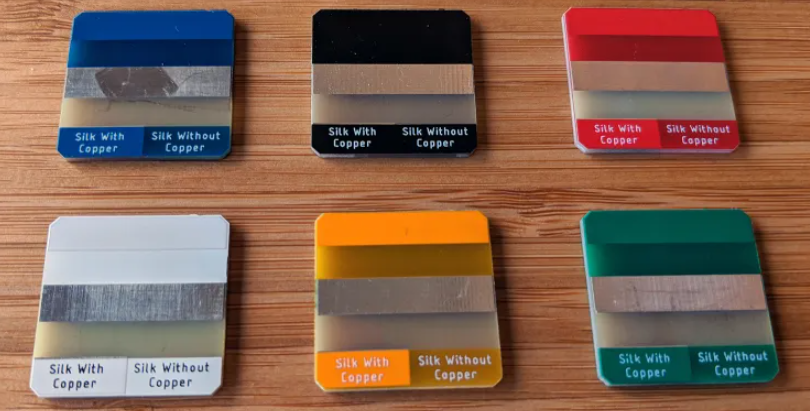
Critical Factors Affecting Color Selection
1. Manufacturing and Inspection Considerations
Automated Optical Inspection (AOI):
- Green and blue masks generally provide the best contrast for AOI systems
- Black masks can reduce inspection reliability by up to 15%
- Some colors may require AOI system recalibration
Soldering Process Impacts:
- Darker colors (especially black) absorb more IR energy during reflow
- May require profile adjustments (typically 3-5°C lower peak temperature)
- Lighter colors reflect more energy, potentially affecting soldering consistency
Curing Characteristics:
- Pigment concentration affects UV curing:
- Black masks may require 10-15% longer exposure
- White masks often cure fastest
- Some colors may show incomplete curing more visibly
2. Thermal Management Effects
Heat Absorption and Dissipation:
- Black masks can increase operating temperature by 2-5°C compared to white
- In high-power applications, this may affect component lifetimes
- For some designs, dark masks can help distribute heat more evenly
Infrared Behavior:
- Important for thermal imaging during debugging
- Black masks provide best thermal contrast
- White masks may obscure thermal patterns
3. Electrical Performance Considerations
High-Frequency Effects:
- Color pigments can slightly affect dielectric properties
- At frequencies above 10GHz, some colors may show 1-2% difference in signal loss
- Clear masks often perform best for RF applications
EMI Considerations:
- Darker masks can provide marginal EMI reduction
- Carbon-loaded black masks offer best EMI performance (but are specialty products)
4. Reliability and Long-Term Performance
UV Resistance:
- Some colors (especially bright reds) may fade with prolonged UV exposure
- Green and black typically show best UV stability
Chemical Resistance Variations:
- Pigments can affect resistance to solvents and cleaning agents
- White masks may show staining more readily
Thermal Cycling Performance:
- Most colors perform similarly in standard thermal cycling tests
- Some formulations may show microcracking earlier with certain colors
Specialized Applications and Color Selection
1. High-Density Interconnect (HDI) PCBs
- Green remains preferred for fine feature recognition
- Matte finishes becoming popular for reduced glare in inspection
2. LED and Optical Applications
- White masks increase light output efficiency by 5-15%
- Black masks used where light bleed must be minimized
- Special reflective white formulations available for high-power LEDs
3. Automotive Electronics
- Increasing use of black masks for aesthetic integration
- Must withstand higher temperature requirements
- Some manufacturers specify colors for different subsystems
4. Aerospace and Military
- Often use matte green or black for reduced reflectivity
- Special formulations for outgassing requirements
- Color coding sometimes used for revision control

Future Trends in Solder Mask Colors
The solder mask color landscape continues to evolve with several emerging trends:
- Custom Color Matching: Growing demand for brand-specific colors in consumer electronics
- Functional Colors: Development of colors that change appearance with temperature (for thermal indication)
- Improved Black Masks: New formulations that maintain inspectability while providing aesthetic benefits
- Environmentally-Friendly Options: Colors using natural pigments or enhanced recyclability
Conclusion
The selection of PCB solder mask color involves far more than simple aesthetic preference. As we’ve explored, color choice impacts nearly every aspect of PCB manufacturing, inspection, performance, and application suitability. While green remains the default for general applications due to its balanced characteristics and cost-effectiveness, alternative colors each offer unique advantages for specific use cases.
Design engineers must consider:
- The inspection and manufacturing implications of their color choice
- Thermal management requirements of their design
- The operating environment and end-use conditions
- Any optical or electrical performance considerations
By understanding these color-dependent effects, PCB designers can make informed decisions that optimize both functionality and manufacturability. As technology advances, the palette of available solder mask colors and their specialized properties will continue to expand, offering ever-greater opportunities for performance optimization through strategic color selection.
Ultimately, the “best” solder mask color depends entirely on the specific requirements of each PCB application. What remains constant is the importance of considering color as a functional parameter rather than merely a cosmetic choice in the design process.



